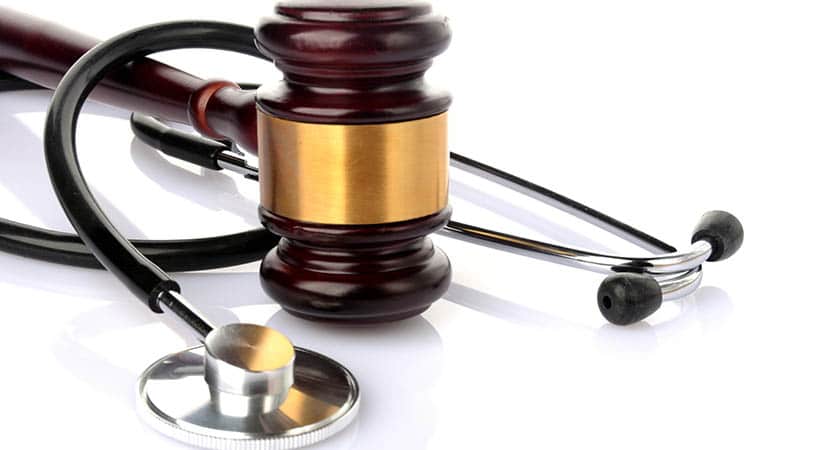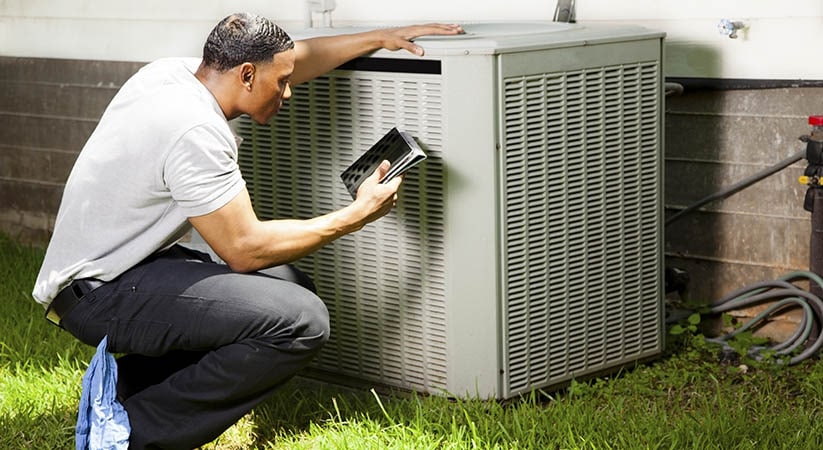When it comes to your teeth, any kind of sudden impact can quickly become a cause for immediate concern. But does it need to be? Many times, when immovable objects make contact with pearly whites, the result can eventually be a trip to the dentist’s chair. But what does your particular injury require?
For a quick reference guide to dental emergency care, we turn to the emergency dental experts of Downey, California – My Downey Family Dentist.
A Chipped Tooth
In many cases, a chipped tooth isn’t a very big emergency. For a minor chip, you should simply bring it up with your dentist at your next appointment, unless the resulting chip is sharp and hard to ignore. In more serious cases, a filling or bonding might be suggested. When you chip your front tooth, the most common treatment your dentist will turn to is a bonding – which uses tooth-colored resin to fill in the space and restore your tooth.
A Cracked Tooth
When it comes to cracked teeth, there are many different varieties. A cracked tooth can show a number of symptoms ranging from random pain while chewing or applying (and releasing pressure) as well as sensitivity to hot, cold, and sweets. Depending on the severity of the crack, the pain can sometimes come and go – and it might not always be obvious which tooth is affected. If you are experiencing intermittent pain and sensitivity in a general area, contact your dentist as soon as possible. While it’s not a dental emergency that would lead to the loss of your tooth if not treated immediately, your dentist will likely want to use some sort of solution to cover and seal the tooth – such as bonding or a crown. This will not only prevent infection, it will help eliminate your symptoms.
A Broken Tooth
When your tooth breaks, it’s important to remember that your tooth is made up of a few different layers. The enamel protects the dentin, and the dentin makes up the structure of your tooth which protects the fleshy inside known as the “pulp”. Beneath the pulp lies your root canals, blood vessels, and bone. Since the fleshy interior of your dental pulp is a veritable playground for bacteria and infection, it’s important that this “chamber” remain sealed off from outside invaders. For that reason, if you’ve broken your tooth and it appears to have exposed your dental pulp – contact your family dentist as soon as possible. She will want to seal off the tooth quickly in order to prevent the potential for bacteria and infection.
A Dislodged Tooth
Naturally, if you’ve completely knocked a tooth out – you know you need to see your dentist. Do your best to preserve the tooth in a jar of milk or even in a baggie of your own saliva. But what if your tooth is simply knocked astray? If a tooth has moved from its original position or pushed out of alignment, a dentist can often numb the tooth, move the tooth back into it’s proper place, and splint it.
When teeth are left out of alignment for extended periods of time, there’s a great chance that the formation of blood clots in the tooth’s socket can make it more difficult to push back. On top of this, if a tooth is pushed in (intruded), they often require extraction because of the potential for bone damage. In any case, if a tooth is dislodged in any way – there’s a good chance your dentist will recommend splinting at the very least and – for serious cases that involve significant damage, maybe even extraction.

















